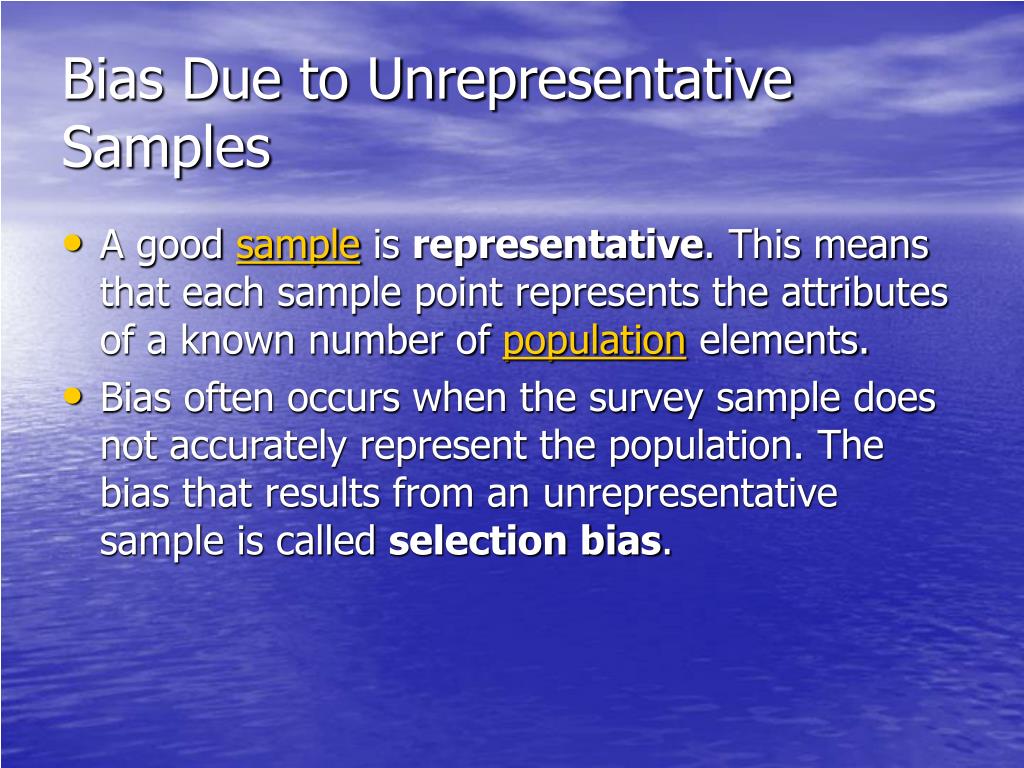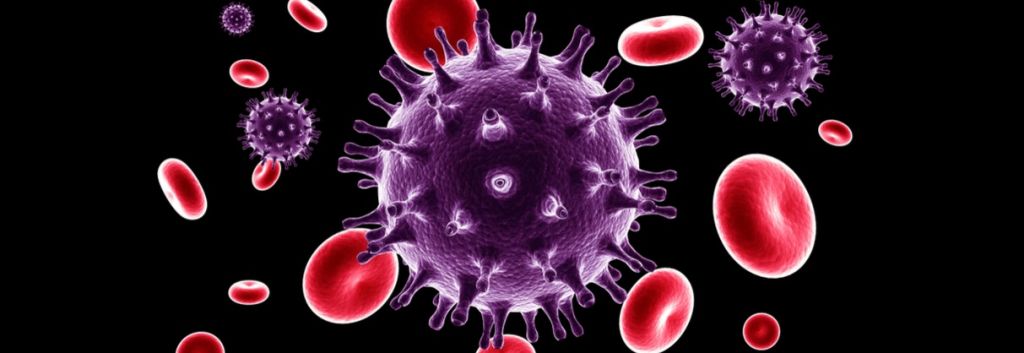Transgender HIV Sampling
What impression do these quotes give you? (Bold, and brackets added.)
Aggregated across studies, nearly 11.8% of MTFs self-reported that they were infected with the HIV virus, with substantially higher rates of infection. . . An even higher estimate of HIV prevalence comes from the four studies that provided HIV tests to MTFs. According to these studies, 27.3% of the MTFs had confirmed infection.
—-Herbst et al. 2007
We identified studies among 6405 participants recruited from 14 countries. Overall crude HIV prevalence [rate of infection] was 27.3% in TFSWs [transgender female sex workers], 14.1% transwomen not engaging in sex work. . .
—-Operario, et al. 2008
We aimed to better assess the relative HIV burden in all transgender women worldwide….We did a systematic review and meta-analysis of studies that assessed HIV infection burdens in transgender women that were published between Jan 1, 2000 and Nov 30, 2011. The pooled HIV prevalence[rate of infection] was 19.1%. . . in 11066 transgender women worldwide.
—-Baral, et al. 2012
These rates of infection are shocking! They certainly do not give a good impression of transgender women. There are over 40 studies that state similar conclusions. They provide anti-transgender advocates with ammunition against us for smearing us as diseased physically as well as mentally. Inexperienced transgender people could be totally confused. The scientists who wrote them were either myopic or self-serving because nowhere in these articles is it made clear that these statistics are not representative of transgender women in the population.
Welcome to the world of scientific sampling!
 I took on the role of analyzing these and other studies because, I am a volunteer task force member in the local Atlanta Ryan White HIV medical grant program and in the HOPWA (Housing Opportunity for People With AIDS) housing program. These are Federal grants to localities, usually centered in large cities, to help people with HIV/AIDS who do not have the means to effectively deal with their infections. I volunteered to help with these grants because many transgender people do need support. Many on this task force actually have HIV which is appropriate because their experience is valuable, but I do not have HIV.
I took on the role of analyzing these and other studies because, I am a volunteer task force member in the local Atlanta Ryan White HIV medical grant program and in the HOPWA (Housing Opportunity for People With AIDS) housing program. These are Federal grants to localities, usually centered in large cities, to help people with HIV/AIDS who do not have the means to effectively deal with their infections. I volunteered to help with these grants because many transgender people do need support. Many on this task force actually have HIV which is appropriate because their experience is valuable, but I do not have HIV.
The questions I have been asking are, how many transgender people in our area have HIV and how many need help that we are not currently helping?
The studies like those cited above, do not provide much in the way of scientific facts about the rate of infection in trans women because they are based on inadequate sampling methods. The sampling method commonly used in these studies is that of “convenience” sampling. This takes the form of data gathering from those who come into urban clinics for HIV testing or transsexual hormone therapy or data gathering through community organizations and social networks and in bars and neighborhoods. Both of these approaches leave out sampling of large subpopulations of transgender women. In particular, they leave out part time and full time crossdressers who only present in private or on occasion which are the bulk of transgender women, maybe 80%. Most of these people do not transition, and although some would reject the label of transgender they are included in most definitions. The sampling method that is used serves to emphasize those trans women who are most visible which are typically transgender sex workers. We know that they are those most exposed to the HIV virus through street economies including sex and illegal injectable drug vending.
To get an accurate assessment of the prevalence of HIV in transwomen, one would have to construct a “representative” sampling plan that takes into consideration those demographic and behaviors variables that are important in the population. One then constructs a composite population database which is representative based on the frequencies of those variables.
 The convenience sampling approach in these studies focused on target localities which were already known to have high HIV rates. They also are mainly for clinics, mainly street clinics, which serve the transgender populations in urban areas. CDC surveys include Atlanta, Los Angeles, New Orleans, New York City, Philadelphia, San Francisco and Seattle. A large number (9) of the other studies were conducted in San Francisco. The studies have a narrow definition of prevalence which means that they only count the people who show up to clinics for testing which is a classic example of “clinical bias“. There are many more transgender people who do not reside in the selected localities or go to these clinics. And many avoid such clinics because of stigma.
The convenience sampling approach in these studies focused on target localities which were already known to have high HIV rates. They also are mainly for clinics, mainly street clinics, which serve the transgender populations in urban areas. CDC surveys include Atlanta, Los Angeles, New Orleans, New York City, Philadelphia, San Francisco and Seattle. A large number (9) of the other studies were conducted in San Francisco. The studies have a narrow definition of prevalence which means that they only count the people who show up to clinics for testing which is a classic example of “clinical bias“. There are many more transgender people who do not reside in the selected localities or go to these clinics. And many avoid such clinics because of stigma.
Before winding up, I need to note that there is very little research on transmen and HIV, so I did not report on this group. Researchers report difficulty in locating them.
So, what is going on here?
The most benign interpretation is researchers’ myopia. They have failed to state that their studies were not designed to be representative and by doing so have inadvertently increased the stigma of being transgender. Similar sampling failures occurred before Lynn Conway’s population frequency studies (2001-2003) in which she went actually went out into the field to collect data to estimate transgender numbers. Prior to those studies, estimates of the population frequency of being transgender was based on the numbers of people who walked into clinics for transgender treatment. The estimates went from 1 in 17000-27000 which went to 1 in a 100 people after Conway’s groundbreaking research. There is an old aphorism that clinicians “treat what they see and see what they treat” meaning that they sometimes assume a diagnosis based on limited experience in a given environment. To this maybe we should add “count what they see and see what they count”.
A second alternative interpretation is that researchers inflate the prevalence of HIV in order to justify the importance of their research and their organizations services in treating people. This could be subconscious but researchers have been known to encourage future research. I am tired of reading the last paragraphs of papers which go something like “future research is needed. . . blah, blah, blah. Some scientists believe that little advertising will help get resources for their research.
A final alternative interpretation is that transgender people are being characterized as victims in order for academics to gain power within and outside of academia. There is a political philosophy originally based in based in academia but is now spilling out into the government and public spheres that I have warned about previously. Many of the researchers in these studies are in clinics associated with academic organizations. Historically, transgender people made significant progress when the influence of such clinics waned (e.g. Johns Hopkins clinic ending in 1979). Some researchers may not actually understand the philosophy they are abetting but are just going with the current Zeitgeist flow.
A final observation is that my criticism of these research papers is not meant to downgrade their importance or to impugn researchers, it is to make them better in the future. As long as there is one person with HIV, none of us is safe. Viruses cannot care. Like other viruses, HIV does not care about sex, sexual orientation and gender behavior or anything else. CDC estimates show that there are currently 1.2 million people living with HIV (and 13% do not know it). But in the process of eliminating HIV we should avoid harm to transgender people by being circumspect about how we report scientific results.
Like to make a comment? Login here and use the comment area below.
Category: Transgender Science




